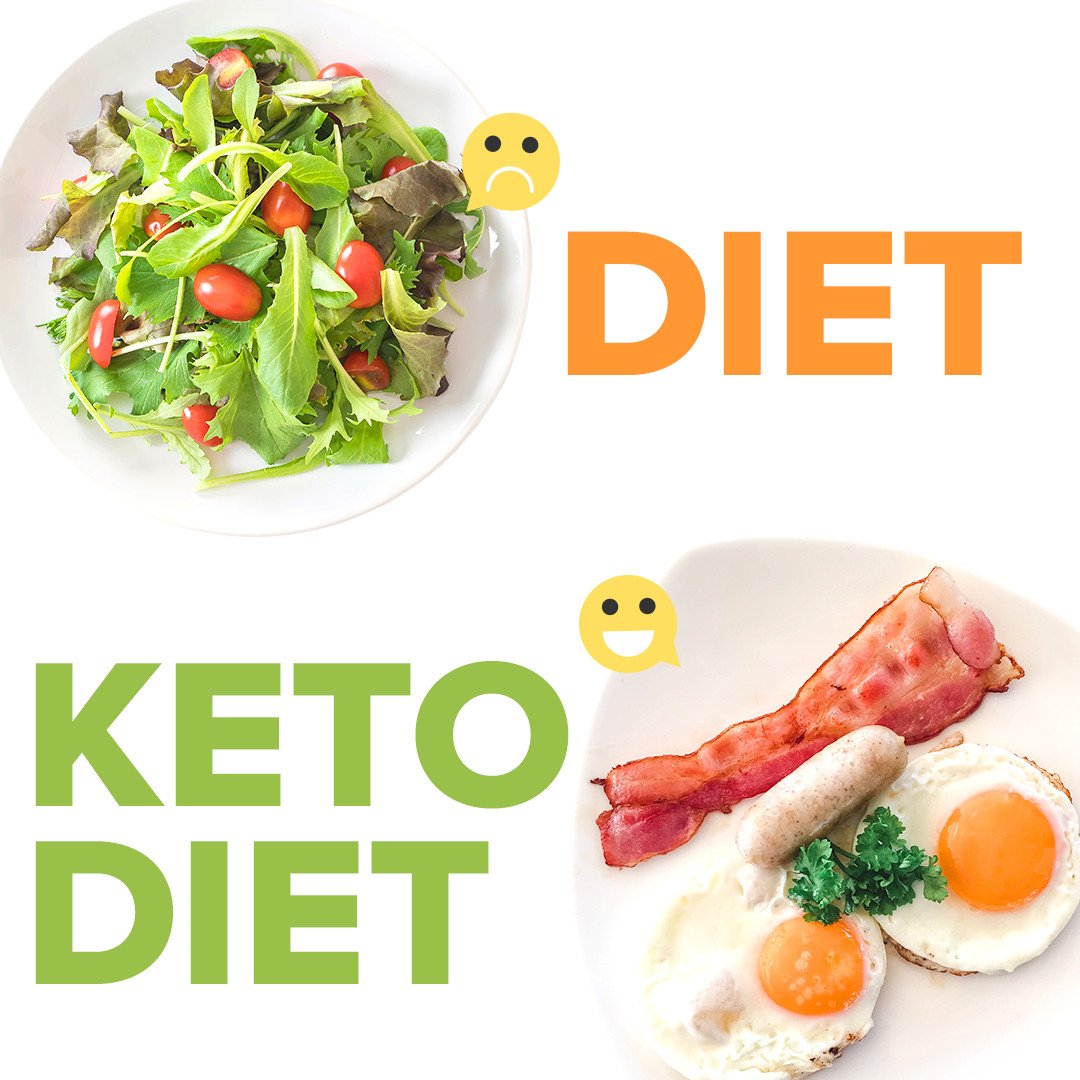The Ultimate Guide to Starting a Custom Keto Diet
In recent years, the ketogenic diet, often referred to as the keto diet, has gained immense popularity for its potential to aid weight loss, improve metabolic health, and even enhance mental clarity. Unlike many fad diets that come and go, the keto diet is grounded in scientific principles and has been studied for its various health benefits. However, embarking on a keto journey requires careful planning and understanding to ensure its effectiveness and safety. This ultimate guide will walk you through the process of starting a custom keto diet, covering everything from the basics of the diet to creating a personalized plan that suits your individual needs.
Understanding the Keto Diet:
At its core, the keto diet is a high-fat, low-carbohydrate eating plan that aims to shift your body’s primary source of energy from carbohydrates to fats. This metabolic state is called ketosis, where your liver produces molecules called ketones from fat to be used as fuel.
Benefits of the Keto Diet:
- Weight Loss: By reducing carbohydrate intake, the body turns to stored fat for energy, leading to weight loss.
- Improved Blood Sugar Control: The diet can help stabilize blood sugar levels, making it a potential option for individuals with type 2 diabetes.
- Enhanced Mental Clarity and Focus: Ketones are a more efficient brain fuel than glucose, potentially leading to improved cognitive function.
- Increased Energy: Many individuals report higher and more sustained energy levels once they’ve adapted to the keto diet.
- Appetite Suppression: High-fat meals can lead to reduced appetite, aiding in calorie reduction.
- Better Triglyceride and HDL Cholesterol Levels: The diet may improve cardiovascular health markers in some people.
- Epilepsy Management: The keto diet was originally developed as a therapeutic approach for epilepsy treatment.
Getting Started:
- Educate Yourself: Before starting, learn about macronutrients (fats, proteins, and carbohydrates), ketosis, and food sources. Reliable sources, books, and reputable websites can provide valuable information.
- Consult a Healthcare Professional: Especially if you have any underlying health conditions, it’s essential to talk to a doctor or a registered dietitian before beginning the keto diet.
- Calculate Your Macros: Your macronutrient ratio will determine the success of your keto diet. A common ratio is around 70-75% of calories from fat, 20-25% from protein, and 5-10% from carbohydrates.
- Plan Your Meals: Create a list of keto-friendly foods, including meats, fish, eggs, non-starchy vegetables, healthy fats (avocado, nuts, olive oil), and dairy (if tolerated).
Creating Your Custom Keto Diet Plan:
- Set Clear Goals: Define what you want to achieve with the keto diet, whether it’s weight loss, improved energy, or specific health outcomes.
- Caloric Intake: Determine your daily caloric needs based on factors such as age, gender, activity level, and goals.
- Macro Breakdown: Using the calculated macronutrient ratio, distribute your daily calories among fats, proteins, and carbohydrates.
- Meal Structure: Plan meals that include a protein source, healthy fats, and non-starchy vegetables. Avoid processed foods and refined sugars.
-
Sample Meal Plan:
- Breakfast: Scrambled eggs with spinach and avocado.
- Lunch: Grilled chicken salad with mixed greens, olive oil, and nuts.
- Snack: Celery sticks with almond butter.
- Dinner: Baked salmon with asparagus and cauliflower mash.
- Stay Hydrated: Drink plenty of water to support digestion, metabolism, and overall health.
- Supplement Wisely: Some people may require supplements such as electrolytes (sodium, potassium, magnesium) to prevent “keto flu” symptoms.
- Monitor and Adjust: Regularly track your progress, including weight, energy levels, and how you feel. Adjust your diet if needed.
Potential Challenges:
- Keto Flu: When transitioning to ketosis, you might experience symptoms like fatigue, headache, and irritability. These usually subside within a week.
- Social Situations: Dining out or attending events can be challenging. Plan ahead by researching keto-friendly options.
- Nutrient Deficiencies: Without careful planning, you might miss out on essential nutrients. Incorporate a variety of foods to mitigate this risk.
- Long-Term Sustainability: While the keto diet can be effective, it might not be suitable for everyone in the long term. Consider cyclical or targeted keto approaches if needed.
Conclusion:
Embarking on a custom keto diet can be a transformative journey toward better health and well-being. By understanding the principles of the diet, setting clear goals, and creating a personalized plan, you can harness the potential benefits of ketosis. Remember that the keto diet is not a one-size-fits-all approach, so listening to your body and making adjustments as needed is key to achieving success. Always prioritize your health and well-being by consulting with healthcare professionals before making significant dietary changes.







